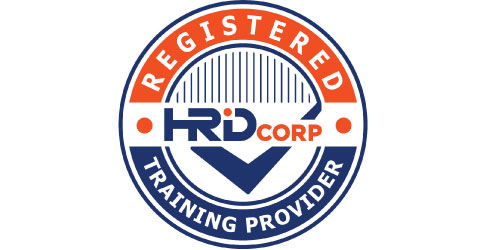Turning Data
Into Profits
Turning Data
Into Profits

The ability of measuring equipment to obtain reliable results directly influences the efficiency of quality control and data collection activities. Therefore, the ability of measuring equipment to obtain repeatable, reproducible and accurate measurements should be assessed prior to data collection in order to minimize the risk of making wrong decision that can bring disaster to company business.
This course covers the basic concepts associated with Measurement Systems Analysis (MSA) and variation reduction. Topics include the assessment of repeat¬ability, reproducibility, Gage R&R, bias, linearity, stability, inspection effectiveness, standards selection and use, calibration, compensation, measurement improve¬ment and control.
This practical course combines classroom teaching, practical exercises, and group discussion with actual factory based projects to provide a complete action learning experience. The course has been designed to enable all participants leave the training room with a set of new knowledge, tools, skills and direct experience of how to use JMP software to perform measurement system analysis in a real company setting.
Prerequisite: Statistical Data Analysis Through JMP software Analysis
Training facilities: Computer installed with JMP software and LCD projector
DAY 1
Section 1: Introduction to Measurement System Analysis (MSA)
Section 2: Bias and Linearity Study
Section 3: GR&R Study for Variable Data
DAY 2
Section 4: GR&R Study for Attribute Data
Section 5: Stability Study
Who should attend: Engineers, executive, supervisors, managers and six sigma practitioners who have direct responsibility for measurement evaluation, selection and control
Delivery: Classroom lecture, hands-on practice, simulation game, assignments and case studies.
Duration: 2 days (9am – 5pm)




Blue Ocean Data Solutions is a highly experienced company provides turnkey manufacturing solutions. With more than 10 years of experience serving a large customer base in manufacturing and hands-on expertise in programming, software and statistical data analysis combine with six sigma and lean manufacturing methodology, we assist our clients to solve complicated operation problems – yielding profitability increases and driving service and product delivery excellence.
Company
Contact Us